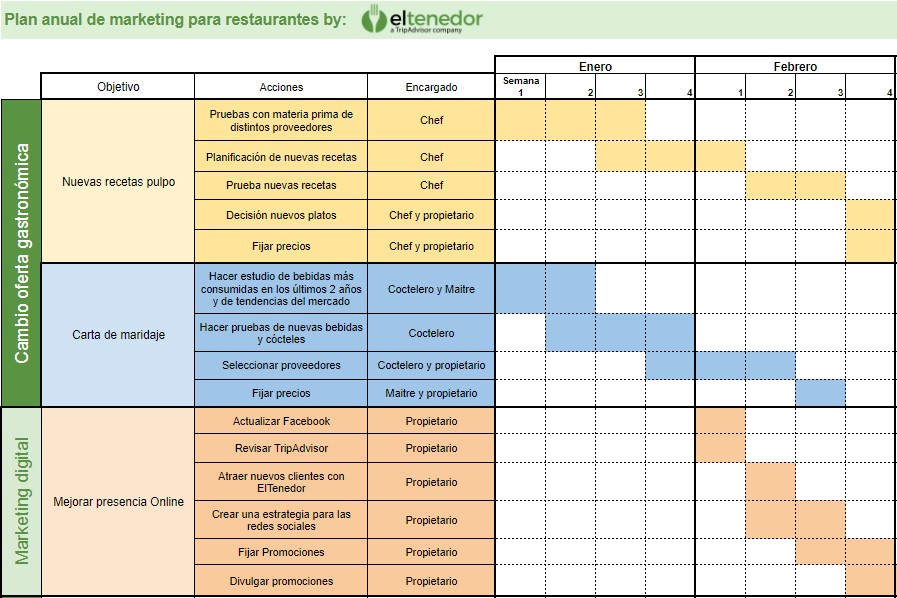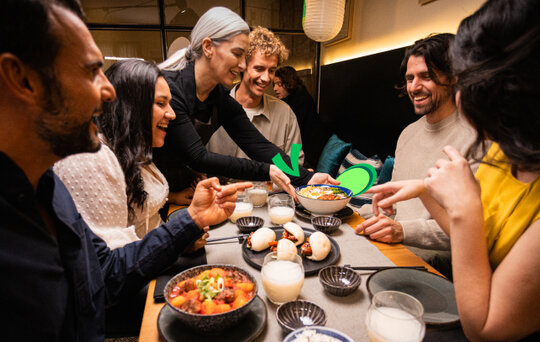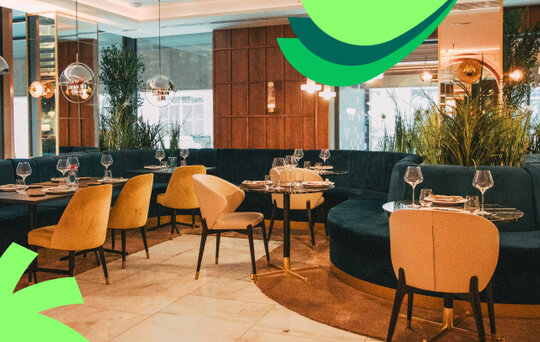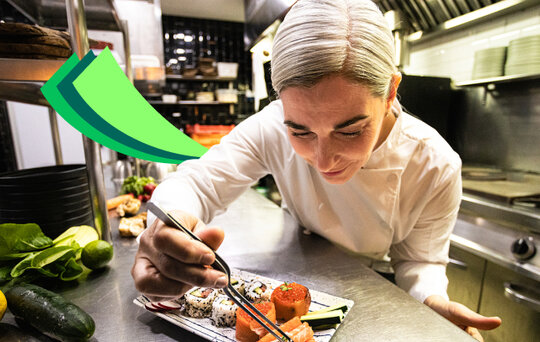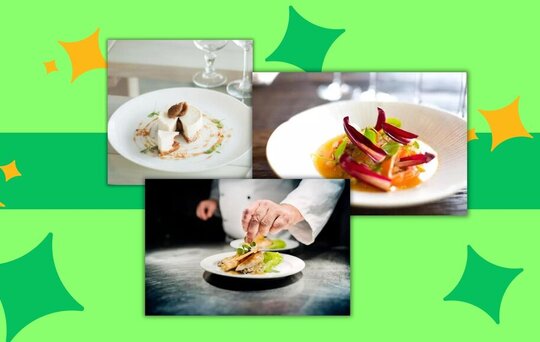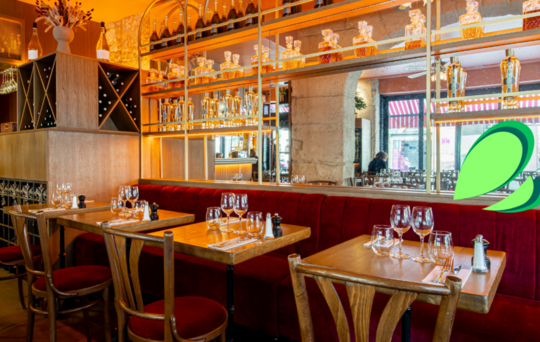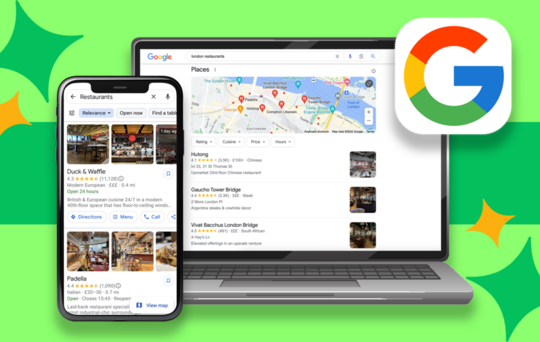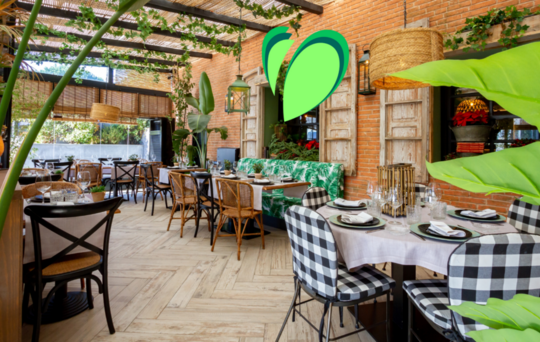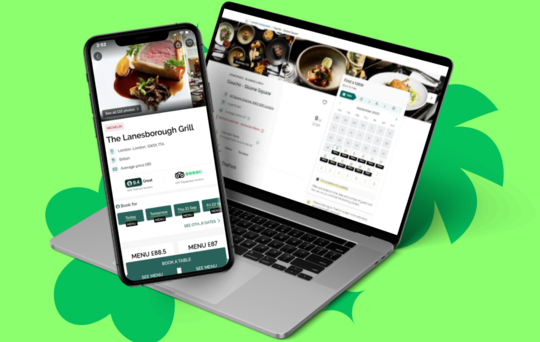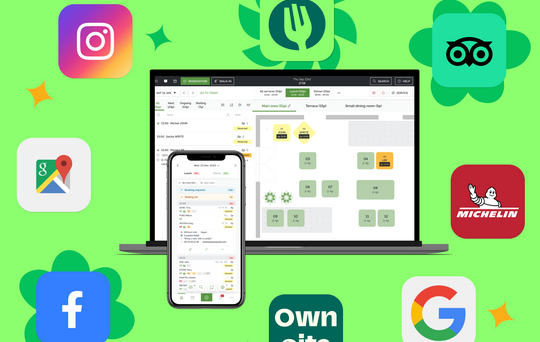How to create a restaurant marketing plan

For any marketing strategy for restaurants to be successful, it must start with a good plan. Like a treasure map, a restaurant marketing plan should show the way to your goals, containing all the strategies to build the business in manageable chunks that analyse, define and structure the steps to follow.
This is a restaurant marketing plan. Have you ever done one?
At TheFork, we know strategy is essential, especially at this time of huge competition in the restaurant industry. This is why we're tackling this subject, to show you how to create a marketing plan that will get the most from your restaurant.
Benefits of a restaurant marketing plan
Establishing specific objectives and implementing a structured marketing plan for your restaurant will allow you to see clear improvements in your business, and help you to achieve your goals. Here are some strategic benefits:
- By running a detailed market study, a SWOT and potential customer analysis, Restaurant owners gain access to real data about their business. Unlocking this information is fundamental for commercial success, and will allow you to make decisions based on a first-hand understanding of your strengths and limitations.
- Creating a good restaurant marketing plan helps establish clear goals. A useful goal can be anything from increasing your business visibility on social media to improving the user experience in your establishment or simply attracting new customers. This allows you to concentrate your efforts more effectively and continuously assess your progress.
- A restaurant marketing plan will set out a series of actions to ensure customers are aware of your online presence. Therefore, they are essential for cultivating email marketing strategies, organising social media activities, and optimising your Google My Business to ensure information is always up-to-date.
- Social media campaigns can also enhance customers’ dining experience through efficient resource use and greater consistency in communication strategies. By highlighting your restaurant’s brand identity and promoting its values, digital marketing can establish an emotional connection with your customers before they even arrive.
To make the process easier to understand, we'll review the marketing plan for Ocean, a restaurant on the promenade in a coastal city of around 200,000 people. Ocean serves Mediterranean dishes and can host 80 guests.
Let's begin!
Conduct a market analysis for your restaurant
Every marketing plan should start with a comprehensive analysis of the business involved. Like an inventory check, a market analysis helps to take stock of factors that currently affect the restaurant internally and externally and is key for working out what you can and cannot use.
In marketing circles, this process is known by the acronym SWOT Analysis, and covers:
STRENGTHS (internal): Elements that make the restaurant stand out. Advantages over the competition.
OPPORTUNITIES (external): Expanding market niches, positive trends, and sale-driven consumer behaviours.
WEAKNESSES (internal): Disadvantages for the business versus the competition. Limitations and areas to improve.
THREATS (external): Negative changes in the environment. Is the competition fierce, making it hard to find the right position in the market?
To begin SWOT analysis, you must also gather data on direct and indirect competitors, including their strategies to drive activity, their promoted values, and how they interact with customers.
Another key task will be to study market trends. By gaining insight into opportunities within the sector, you can learn to anticipate and capitalise on changes in the culinary scene.
An effective marketing strategy must also include a demographic analysis to understand your audience and their consumer behaviour better. Demographic data can influence your restaurant’s location, menu, and promotions.
A practical example of SWOT analysis
Applying all this to our restaurant, Ocean, we can set out all the internal and external factors:
STRENGHTS
- Excellent local octopus supplier.
- Good location on a key corner near the tourist zone and offices.
OPPORTUNITIES
- Companies are increasingly holding after-work social events in this area, and more executives are attending.
- More corporate buildings are in construction.
WEAKNESSES
- Not many customers come on Wednesday lunchtimes or Thursday evenings.
- The brand image needs to be updated, and the restaurant needs better ambience.
THREATS
- Mediterranean cuisine does not stand out from the competition.
- Although the popular location near the beach is advantageous and good for tourists, many new restaurants have opened in the area also serving Mediterranean dishes and seafood, increasing competition.
The competition
To take a look at the competition in more detail, pay special attention to:
- Offerings and prices.
- Customer demographics.
- Weaknesses: Are they ever empty? Do they offer the same menu items as other local restaurants?
The maximum benefit comes from comparing these characteristics with those of our restaurant.
Ocean faces intense competition. Located in an area popular with tourists where the main gastronomic pull is seafood, practically all the local restaurants have similar business models, serving the same produce and focusing exclusively on tourists.
There is an opportunity for specialisation here. For example, Ocean could become a restaurant specialising in an exclusive gourmet local ingredient like octopus, given its excellent available supply.
The potential customer
Customers are a restaurants' raison d'être. Therefore, it is important to determine what type of customer to target.
There are various tools for this. Social media platforms like Facebook provide detailed information about users and online clients, including demographic data, preferences, and consumer behaviour. This is ideal for helping you choose your business's most suitable potential customer profile.
Currently, Ocean relies on passing tourist trade. This type of clientele is difficult to retain, especially when the restaurant doesn’t currently stand out from the competition. However, the SWOT analysis has highlighted a new opportunity: the increasing numbers of tech executives in the area will need nearby places to eat, creating a new market niche.
So, Ocean’s restaurant marketing plan should take this target customer profile into consideration:
- Men and women aged 30 to 55. Executives and business owners with medium-to-high purchasing power who love seafood.
Try TheFork Manager today
Set your goals
Using the information gathered so far, it is now possible to set some achievable goals for the business. Ideally, you should have an overall goal and specific targets to help achieve this.
For Ocean, we have a general main goal, which is likely to take some time, and some specific targets with different timelines.
General
- Position the restaurant as a specialist in octopus for local executive customers.
Specific
- Specialise in octopus.
- Make the restaurant brand identity more sophisticated, adapting it for potential target customers.
- Gain new customers for all services.
- Increase bookings on Wednesday afternoon and on Thursday night.
- Increase online bookings throughout the week.
Implement your restaurant marketing plan
With a set of clear goals up your sleeve, it's time to structure tangible actions that you can undertake to achieve them.
The main actions in the Ocean restaurant marketing plan could be:
Brand identity changes
First, think about how you could restructure the restaurant’s brand identity, beyond mere visual aspects. By making small changes, you are aiming to attract a specific type of target customer. For this reason, it’s important to put in place branding strategies to ensure the consistency of online and offline communication.
- Change the restaurant’s logo, business colours and visual concept to make the overall image more elegant and modern.
- Adjust the ambience to suit this new brand identity.
- Take photos of the new restaurant offering and atmosphere, print new advertising, and update all digital channels.
- Develop a new narrative based on the preferences of the new potential customer.
Changes to the menu
Seasonal ingredients and new dishes can boost your brand identity and attract customers interested in unconventional flavours. Your restaurant marketing plan must include regular menu revisions to adapt to shifting preferences.
- Regularly introduce new menu items and recipes featuring octopus as the main ingredient to highlight your unique cooking styles and excellent produce.
- Update classic recipes that are always requested to stand out from the competition.
- Include worthwhile sides that compliment your star ingredient.
- Create a special drinks menu, including cocktails and liquors that pair well with your main menu.
- Create a new menu with the latest dishes and drinks.
Digital marketing activities
Lastly, a thorough restaurant marketing plan should also consider social media platforms. As powerful tools that help you reach your target customers, you shouldn’t put them in a corner.
To become more appealing in the eyes of your online followers, develop a content calendar based on your target profile. In this way, you will be sure to communicate effectively across all marketing channels.
- Use and develop a social media marketing strategy to reach your target audience: post regularly on Twitter (most used by executives) and local Facebook pages.
- Create an online blog to generate and share content that will interest potential customers.
- Develop an advertising marketing strategy using social media competitions to stimulate interest in the quiet services on Wednesdays and Thursdays, such as quizzes, trivia, etc., that potential Ocean customers will find attractive.
- Optimise the restaurant's profiles on specialised platforms like TheFork and TripAdvisor, improving global as well as local visibility.
Bookings
- Add TheFork Manager to your digital toolbox to increase bookings across all services. Record guests' preferences — treating them as individuals will boost sales.
Create the document
A comprehensive document should compile all of the marketing and content strategies you develop for your restaurant plan.
The plan should have set goals with explicit timelines. The most practical way to do this is to create a template to visualise actions divided by week, month, and year.
We have made the following template so you can easily see how our example of a restaurant marketing plan for Ocean would look:
As you can see, it's a simple template that will encourage you to think about the different restaurant areas, the goals for each, tangible actions over time, and the people responsible for each aspect. The idea is to fill it with different strategies over the months until the year is complete.
If you want to start setting out a consolidated restaurant marketing plan like the one in our Ocean example and use our recommended template, click here to download it for free.
Although any marketing plan must be flexible enough to change depending on your restaurant's needs and characteristics, these steps and the template model provided are a good foundation for starting to plan for any restaurant business and achieve your goals.
Ready to begin the adventure? Start with Step 1 today, with our restaurant marketing solutions!

